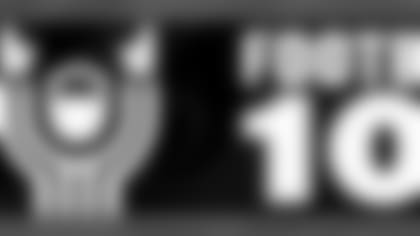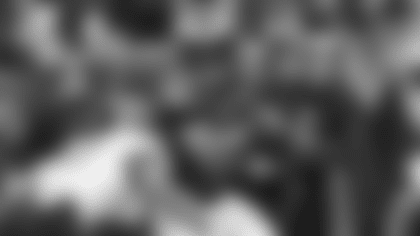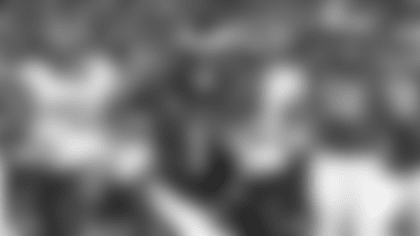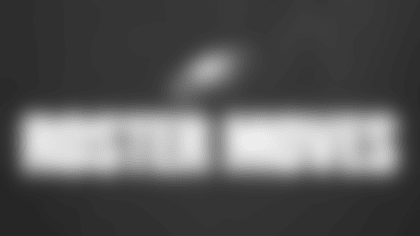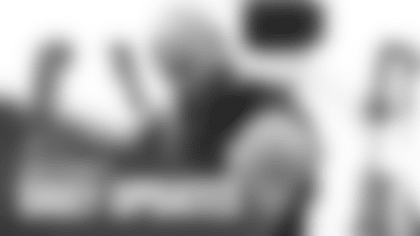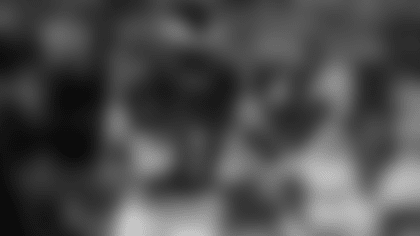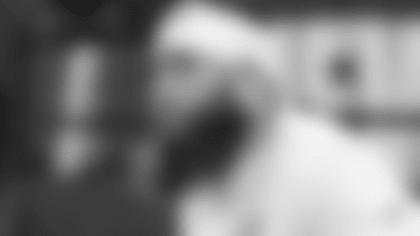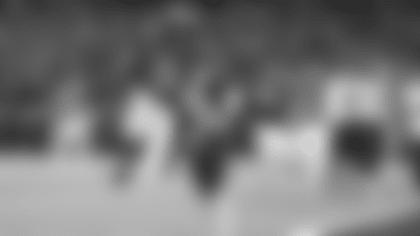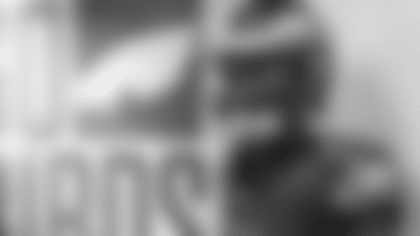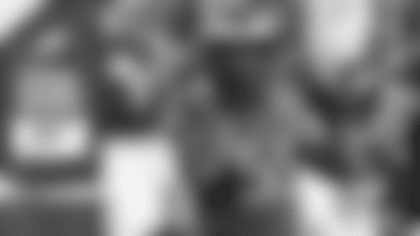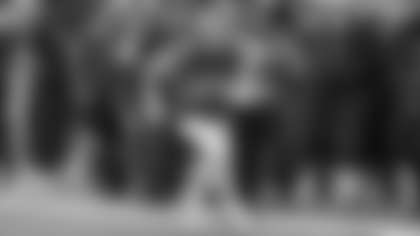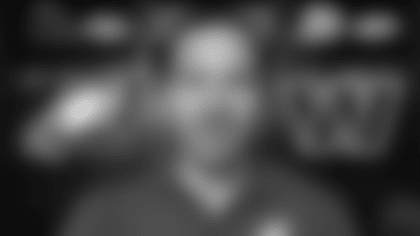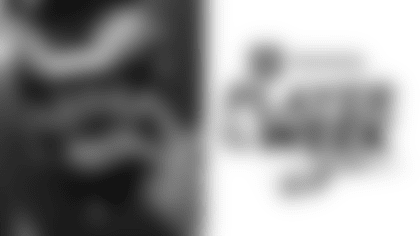*In this feature, Football 101, NFL officials help explain and clarify some of the rules that impact the game. This week, umpire Tony Steratore helps explain the specifics behind the rules of unnecessary roughness:
*
Summary From The Official NFL Rule Book - Rule 12, Section 2, Article 6
Rule 12 of the NFL Rule Book is focused on player conduct. Article 6 of Section 2 discusses the eleven parts of unnecessary roughness:
a) Using the foot or any part of the leg to strike an opponent with a whipping motion;
b) contacting a runner when he is out of bounds;
c) a player of the receiving team who has gone out of bounds contacting a kicking team player out of bounds during the kick. If this occurs on a kick from scrimmage, post-possession rules will apply if appropriate (9-5-1);
d) running, diving into, or throwing the body against or on a runner whose forward progress has been stopped, who has declared himself down by going to the ground untouched and has made no attempt to advance (see 7-2-1-a, d);
e) running, diving into, or throwing the body against or on any prostrate player either before or after the ball is dead;
f) throwing the runner to the ground after the ball is dead;
g) unnecessarily running, diving into, cutting, or throwing the body against or on a player who (1) is out of the play or (2) should not have reasonably anticipated such contact by an opponent, before or after the ball is dead;
h) a kicker/punter, who is standing still or fading backward after the ball has been kicked, is out of the play and must not be unnecessarily contacted by the receiving team through the end of the down or until he assumes a distinctly defensive position. However, a kicker/punter is a defenseless player through the conclusion of the down (see 12-2-7);
i) using any part of a player's helmet (including the top/crown and forehead/"hairline" parts) or facemask to butt, spear, or ram an opponent violently or unnecessarily;
j) grabbing a helmet opening of an opponent and forcibly twisting, turning, or pulling his head.
The Official Point Of View
"People typically think of unnecessary roughness fouls as contact after the play is over as a UNR, or unnecessary roughness fouls, and those are," Steratore explained.
"But also clipping, roughing the passer - they all end up being personal fouls. 15 yards and a first down."
Last week, Steratore broke down the clock rules surrounding the final two minutes of the *half.*


